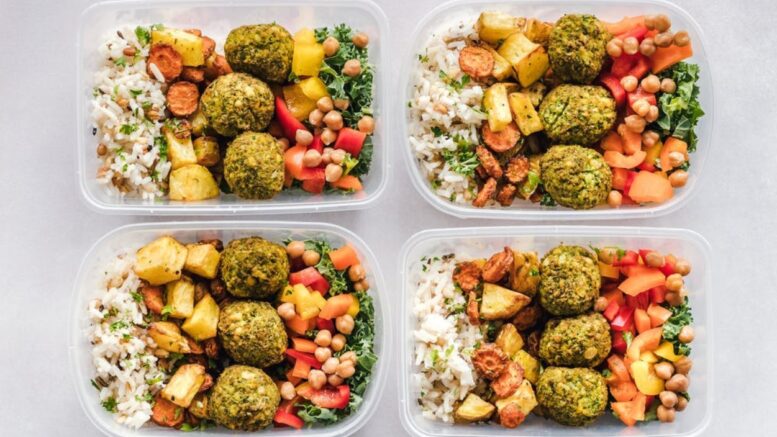Intermittent fasting (IF) is a recent trend that’s sweeping the diet community. It gained popularity from well-known celebrities and even health practitioners swearing by its effectiveness in causing quick weight loss and improving metabolic health. Some even claim that their IF diet can even prolong an individual’s lifespan. Over the past years, intermittent fasting has evolved into different versions, with effects that vary from one individual to another. Here are a few of these different methods:
16/8 Version
Individuals adopting the 16/8 method would usually fast for 16 hours straight, with an eight-hour window to eat their meals. They would usually spread out their meals in two to three meals within the allowable hours. This method, first popularized by Martin Berkhan, is one of the most straightforward ones to follow since it only means that they can simply skip having midnight snacks and breakfast. For many who already skip breakfast, this method may be something that they instinctively do.
Most individuals who aren’t used to prolonged fasting would typically consume zero-calories drinks, like water or coffee, to help combat hunger. Another key is also to ensure that only healthy foods would be consumed during the eating window.
5:2 Version
In the 5:2 diet, individuals would normally eat for five days of the week and reserve the remaining two days when they will only consume about 500 calories per day. One way to make this method successful is to plan the restricted diet days properly so they are not done too closely with each other. For instance, you can set aside Tuesdays and Saturdays as your restricted days, wherein they can consume small meals with about 250 calories each. Take note, however, that men are encouraged to consume about 100 calories more than women. Studies have shown that the 5:2 IF version is effective for weight loss.

Eat Stop Eat
The eat stop eat method would have individuals alternating days when they would be eating and stop eating. This means that there will be one or two days in a week when you would fast for 24 hours. Some people would start their fast from dinner time to dinner time the next day to complete the 24-hour fast. As always, hunger pangs can be addressed by consuming zero-calorie beverages. It’s also important to take note that regular eating periods must not be restrictive in nature, and regular diet must be resumed.
Warrior Diet
The warrior diet involves the consumption of raw fruits and vegetables early in the day and having a generous meal at night during a four-hour window. You can think about it as restricting your diet all day and rewarding yourself at night. However, you should also take note that the diet can only include mostly whole, unprocessed food items.
Skipping Meals
Intermittent fasting can also be spontaneous in nature. If you’re unsure of how committed you are to adhering to one particular version, you can always be flexible and still gain the advantages of intermittent fasting. You can simply skip meals if you’re not in the mood to eat yet or you’re not feeling hungry. When it happens, you can skip breakfast or dinner, whichever your body feels comfortable. The key is to make sure that you are consuming nourishing food when you are not fasting.
While intermittent fasting does have benefits, consulting a doctor before starting any of the given versions above is important. Your doctor may ask you about any medications you may be taking, including those pertaining to your gut, even OTC drugs from shops like Wellspring Meds (wellspringmeds.com), and to get baseline tests before you start your diet to monitor your health.
